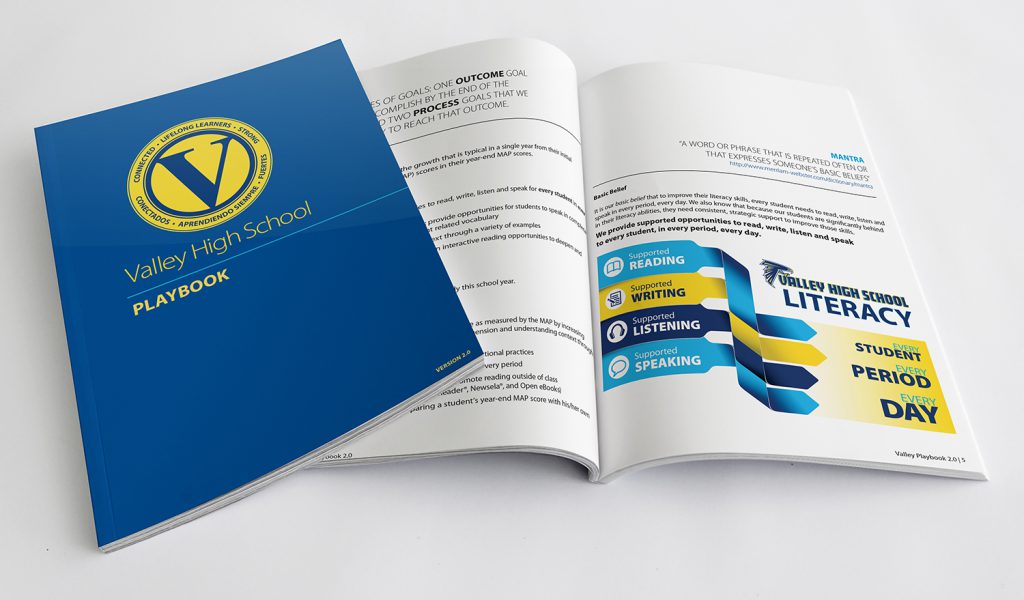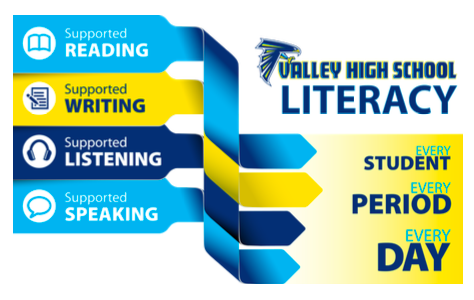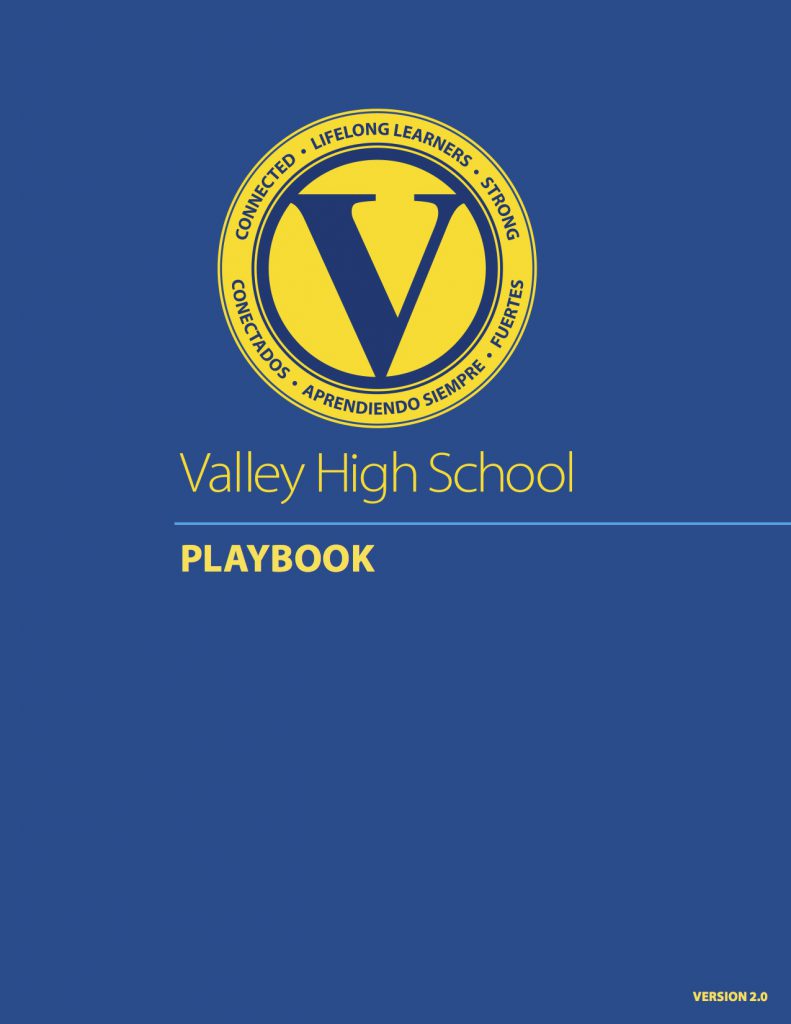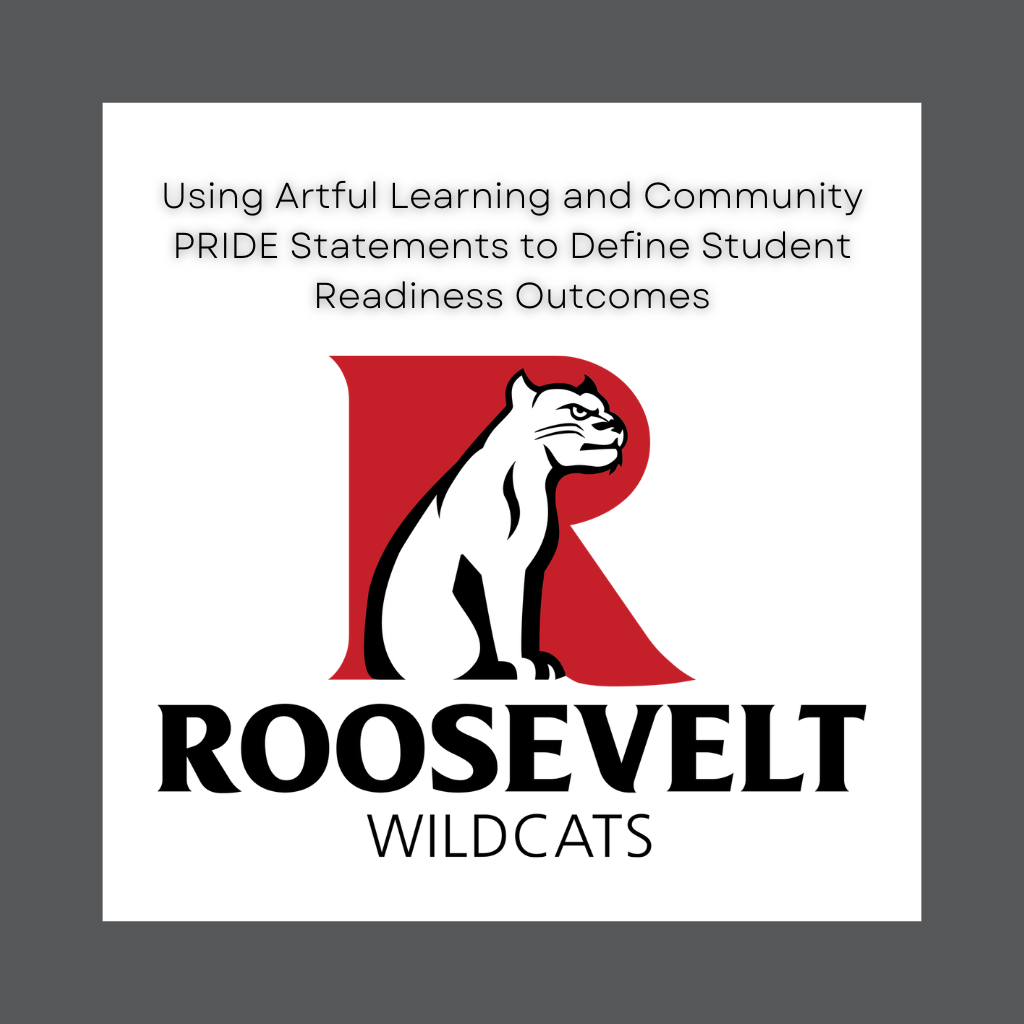
Valley High School: Teaching Literacy Every Period, Every Day
In 2015, Valley High School’s academic outcome data showed that students needed explicit support and practice developing the literacy skills necessary to be successful in postsecondary opportunities without remediation. Valley had been the lowest performing high school in the county for several years in a row, and had a reputation as a school with a multitude of discipline problems and low academic rigor. The Valley Literacy Team and Playbook changed that.
In 2015, Valley High School’s academic outcome data showed that students needed explicit support and practice developing the literacy skills necessary to be successful in postsecondary opportunities without remediation.

Valley had been the lowest performing high school in the county for several years in a row, and had a reputation as a school with a multitude of discipline problems and low academic rigor. The need from both Valley staff and students was clear: Students at Valley required specific, deliberate instruction in disciplinary language development. Yet, as the staff had reported, both anecdotally and in surveys, they felt ill-equipped to support language and literacy development.
Principal Dave Richey recognized that getting momentum and providing support for ALL teachers across the curriculum was a task too large for one individual, so to fill in the gap, he put together a team of teachers to lead the work. They became the Valley Literacy Team. Given the focus in the CCSS (Common Core State Standards) on developing content, language, and literacy simultaneously, the Valley Literacy Team set out to provide a menu of professional learning options for Valley staff. Principal Richey, in line with Valley’s distributed leadership model, supported the team with professional development, as they created a common vision and grew in their capacity to look at and understand the data that called for a change in teaching strategies and ideations, which needed to be modified to improve student outcomes and experiences.
While planning these professional learning opportunities, the Valley Literacy Team felt that they needed to carefully consider the participants’ experiences of “support” they had received in the past, how they might approach the new support that they would provide, and how they could create professional learning experiences that honored staff members as professionals, while also meeting their individual learning needs. Essentially, preparation and empathetic design was key. So monthly staff meetings became monthly PD opportunities around literacy. And when it came to actual delivery, it was critical to offer multiple entry points to support each member of a diverse staff, to include elements of personal choice that honored staff members’ autonomy, and to provide recursive experiences (no one and done).
Essentially, preparation and empathetic design was key.

The Valley Literacy Playbook was the literacy team’s major initiative to promote coherence in literacy practice. The literacy team researched highly effective literacy practices that can be applied regardless of content area, and they created one source of highly effective, research-based literacy strategies for supporting all students in disciplinary language development. These practices are packaged in an easy to read guide; the Literacy Team refers to the Playbook in each of its professional learning sessions. The team worked closely with Inflexion (then EPIC School Partnerships) and Education Northwest, who provided programmatic and instructional coaching and consultation in the design, development, and implementation of the Valley Literacy Playbook.
Check out Valley’s Literacy Playbook: Valley Literacy Playbook-2016 PDF or Learn More About Our Partnership with Valley HS
TOOLKIT RESOURCES FOR STUDENT LITERACY OUTCOMES
Toolkit is Portico’s free public library of grab-and-go resources that help you to focus more time on transforming learning to be relevant for all. We add new items at least twice a month, so be sure to check back in periodically.
Click the links below to start saving yourself time and get stuff done.











Responses